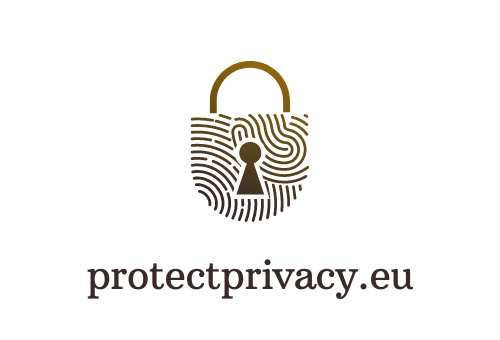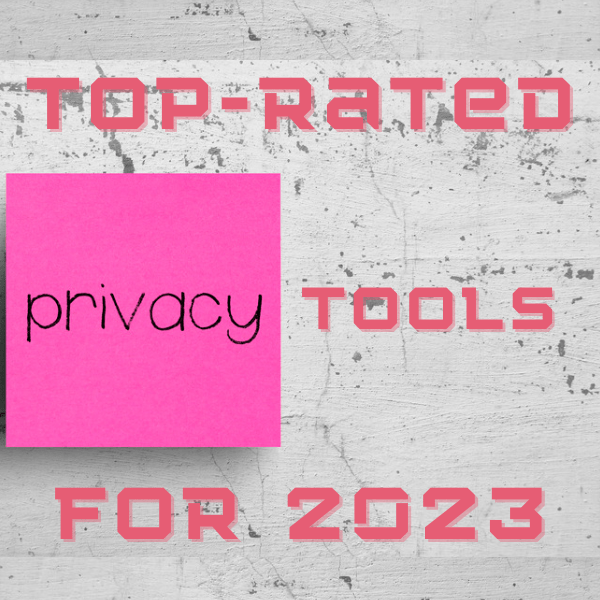Demystifying DarkWeb: Risks, Rewards, and Cybersecurity

The dark web, a term that often evokes a sense of mystery and unease, is a part of the internet that is intentionally hidden and inaccessible through standard web browsers. It is a realm that operates under the radar of conventional search engines, where anonymity is the norm, and where both the commendable and the criminal can flourish. This article aims to demystify the dark web, explain its mechanics, analyze its risks and rewards, and address the cybersecurity concerns it raises.
Understanding the Mechanics of the DarkWeb
The dark web is a subset of the deep web, which includes all parts of the internet not indexed by traditional search engines. However, unlike the deep web, which contains benign data like your email inbox or a private database, the dark web is deliberately concealed. It requires specific software, such as Tor (The Onion Router) or I2P (Invisible Internet Project), to access. These tools mask users’ identities and locations, providing a high level of anonymity.
Analyzing Risks and Rewards
The dark web, due to its anonymity, serves as a platform for a variety of activities. On the one hand, it provides a safe space for whistleblowers, activists living under repressive regimes, and individuals seeking to exercise their right to privacy. On the other hand, it also serves as a breeding ground for illegal activities, such as drug trafficking, illegal arms sales, and cybercrime.
Addressing Cybersecurity Concerns
The dark web poses significant cybersecurity threats. Stolen data, hacking tools, and ransomware are often traded on darknet markets. Businesses and individuals must be proactive in their cybersecurity efforts to protect themselves. This includes keeping software and systems updated, using strong, unique passwords, employing multi-factor authentication, and educating themselves and their teams about the latest cyber threats.
Conclusion
The dark web, while often associated with illicit activities, is not entirely nefarious. It is a tool, much like the internet itself, with the potential for both good and bad. Understanding its mechanics, acknowledging its risks and rewards, and addressing the cybersecurity concerns it presents are crucial steps in navigating the digital age safely and responsibly.








